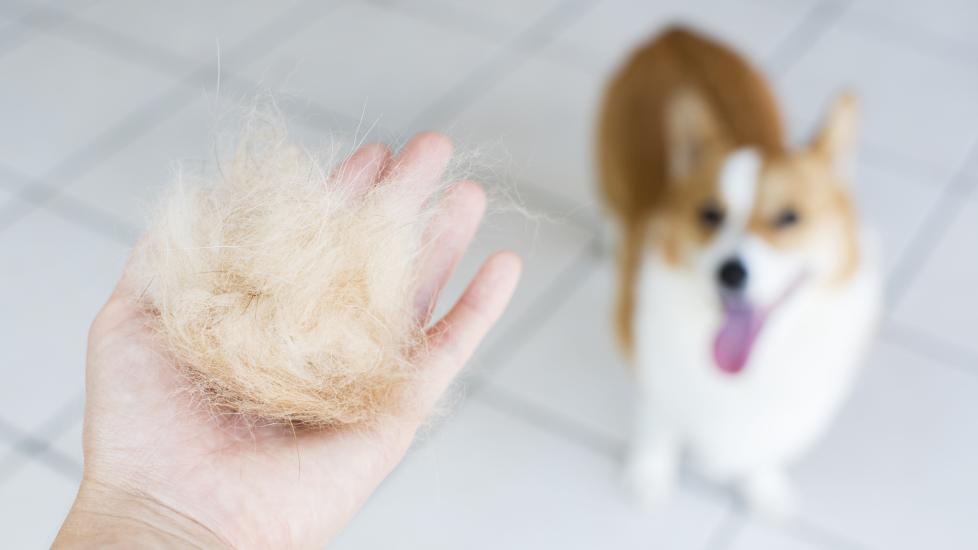Losing fur is a natural process for dogs, as it helps them maintain their coats and adapt to changing temperatures. However, excessive shedding can be concerning for pet owners who want the best for their beloved companions. Understanding why your dog might be shedding excessively is crucial in providing appropriate care and support. Here’s what you need to know:
-
Seasonal Changes: Just like humans shed dead skin cells, dogs naturally lose hair over time. Seasonal changes often trigger increased shedding as pets adjust to warmer or cooler weather conditions. In temperate climates, you may notice more shedding during spring (when they “blow” their winter coat) and fall (as they prepare for colder months).
-
Hormonal Imbalances: Hormones play a significant role in a dog’s health, including their coat quality and shedding patterns. Pets going through puberty, pregnancy, nursing, or spaying/neutering can experience hormonal fluctuations that lead to temporary increases in shedding.
-
Stress: Dogs are sensitive creatures and can become stressed due to environmental factors such as moving homes, new additions to the family, changes in routine, loud noises, or even separation anxiety when left alone too much. Stress can cause an increase in shedding as the body releases cortisol, which affects the immune system and alters hair growth cycles.
-
Poor Diet: A diet lacking essential nutrients can contribute to excessive shedding. Your pup needs a balanced diet rich in proteins, fats, carbohydrates, vitamins, and minerals to keep his coat healthy and prevent unnecessary hair loss.
-
Allergies: Allergic reactions to food, flea bites, pollen, dust mites, or other allergens can irritate the skin, leading to excessive scratching and hair loss. If allergies seem likely, consult with your veterinarian about allergy testing and treatment options.
-
Medical Conditions: Various medical issues, such as thyroid problems, Cushing’s disease, skin infections, parasites, or autoimmune diseases, can result in abnormal shedding. Regular check-ups with the vet ensure early detection of any underlying health concerns.
-
Bathing Frequency: Over-bathing can strip away natural oils from the skin and coat, potentially causing dryness and irritation. It’s important to bathe your dog only when necessary and use gentle shampoos formulated for canine skin.
To manage excessive shedding, consider these tips:
- Groom regularly to remove loose hairs before they turn into noticeable piles on your floors.
- Brush daily with a slicker brush or comb to reduce static electricity that can make shedding worse.
- Keep stress levels low by maintaining a consistent routine and ensuring your dog gets plenty of exercise and mental stimulation.
- Feed high-quality food designed to support skin and coat health.
- Consider consulting with a professional groomer if you have trouble managing shedding at home.
Remember, every dog is unique, so while some breeds shed more than others, it’s always wise to monitor your pet’s shedding pattern and seek veterinary advice if you suspect something beyond normal seasonal changes is contributing to the issue. By understanding the reasons behind your dog’s shedding habits, you can take proactive steps to keep him looking and feeling his best.
